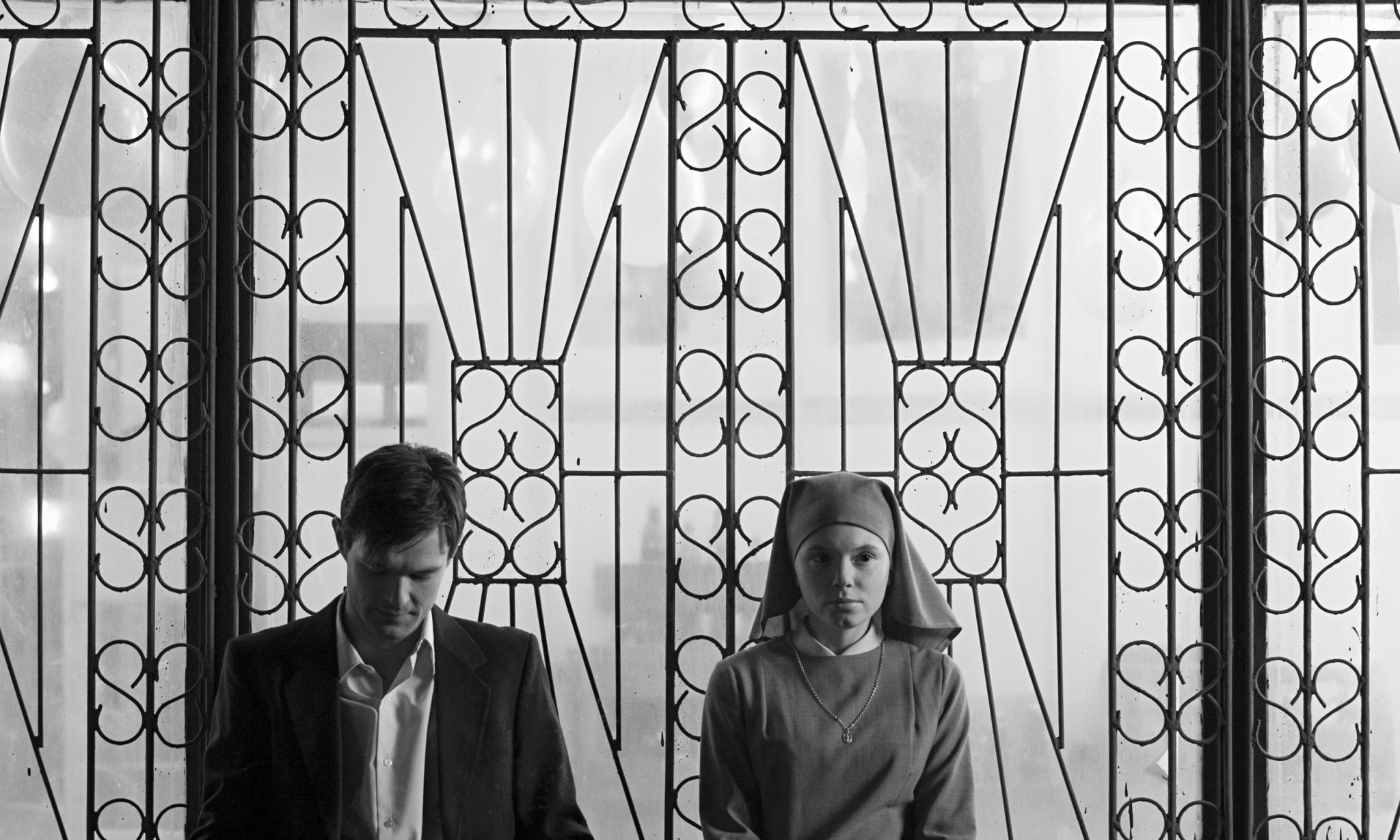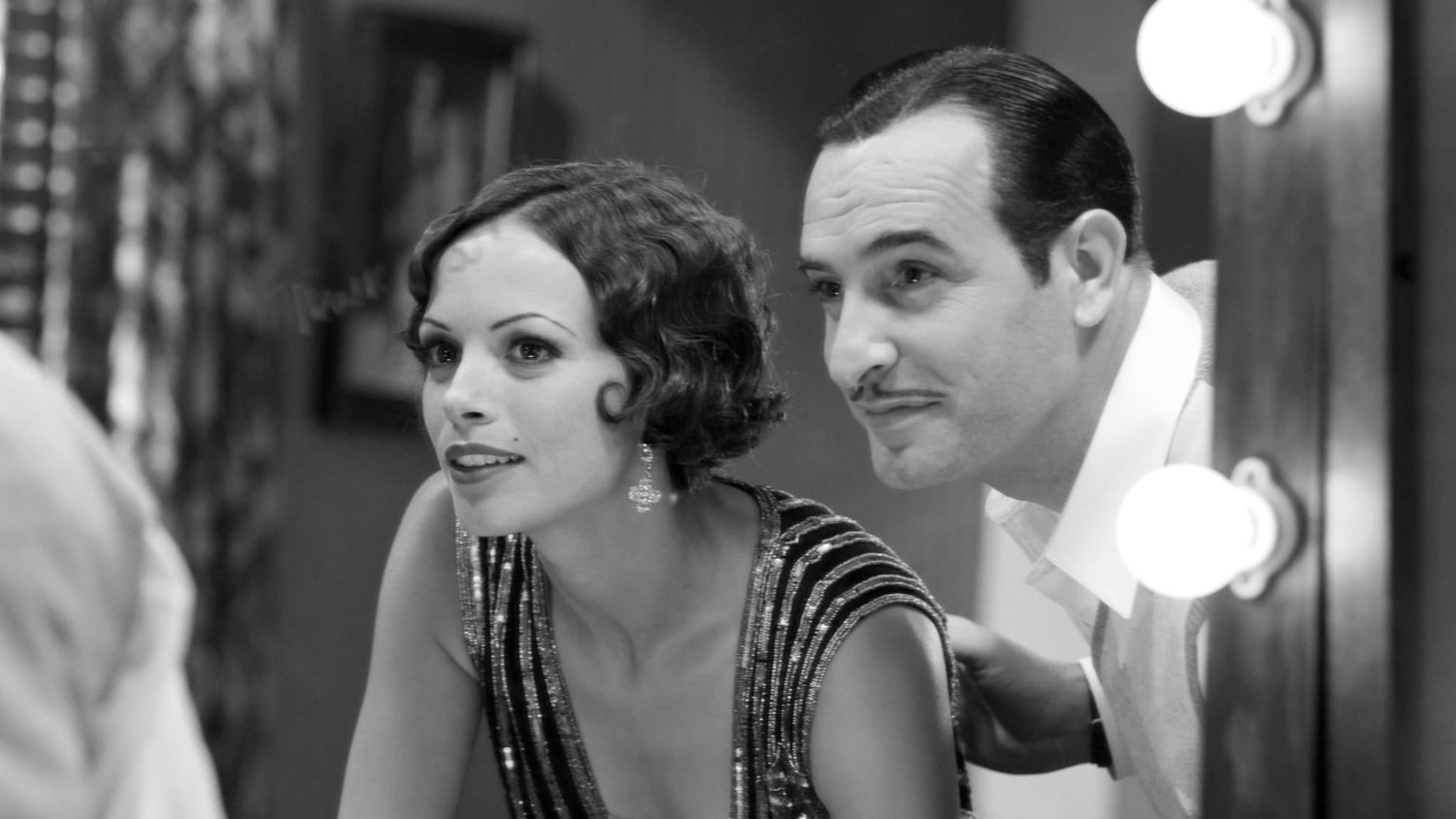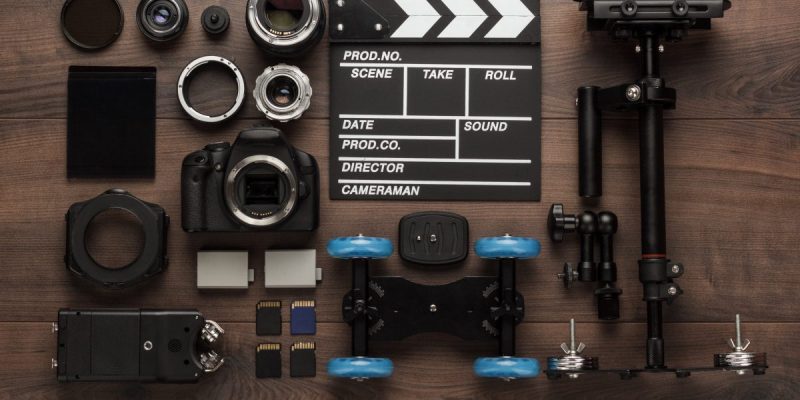As an amateur and independent filmmaker, I have produced short films, music videos, and others. While I am not in a position to pontificate about filmmaking, my experiences have provided me with valuable insights into the creative process. Over the years, I have found myself more involved in other people’s projects than my own. However, this has allowed me to learn from my peers and gain a unique perspective on filmmaking.
Through trial and error, I have learned that making mistakes is essential to the creative process. In fact, I have made many mistakes myself and have shelved many projects due to their subpar quality. However, through my own self-critique and analysis of other filmmakers’ work, I have identified common mistakes made in short films.
While I have yet to produce a perfect film, my experience has allowed me to offer valuable advice to those starting out in the industry. For aspiring filmmakers who may be struggling with their own projects, I have compiled a list of common mistakes to avoid. It is my hope that by sharing my own experiences and lessons learned, others may be able to improve the quality of their own work and avoid similar pitfalls.
![]()
Do Not Shoot Music Clips
Even during the silent era, movies sometimes incorporated texts or had a speaker who would narrate or comment on the events on the screen. However, with the advent of sound technology in 1927, dialogue became an essential element in filmmaking, allowing filmmakers to communicate their stories through the power of words in addition to visual storytelling techniques.
Since then, dialogue writing has become a crucial aspect of filmmaking. Unfortunately, many novice directors avoid using dialogue and sound recording due to various reasons, such as fear of writing dialogue or lack of equipment. However, this is a critical mistake as dialogue plays a vital role in conveying the message and engaging the audience.
Some filmmakers resort to using multiple pieces of music, including those with lyrics, to support their visuals. However, this approach often results in the film resembling a music video from the 90s, which is not an ideal outcome. Music should enhance the emotions and complement the image, but not distract from it.
My advice is to record the sound, even if it means using the voice recorder of your camera or phone. If that is not possible, dubbing is an option, but it should not result in a music video-style production. While dubbed dialogue can sometimes be noticeable, the audience will likely ignore such technical details if immersed in the story. In fact, many highly regarded films in the history of cinema have employed dubbing, but it did not detract from their overall quality.
![]()
Framing Issues
The role of a director in filmmaking is paramount, and it encompasses two main tasks: deciding where to position the camera and guiding the actors. One of the most fascinating and creative aspects of directing is selecting the camera’s placement. A slight camera shift, even by just one centimeter, can result in a completely different image and meaning. However, many short film directors fall into the trap of attempting to fit their actors into the frame.
In the early days of cinema, such as in the 1900s, directors would place their cameras to capture all their characters in the same shot. However, times have changed, and camera scales, angles, and movements have evolved. These different camera techniques have distinct meanings, and the effect of a low angle is not the same as that of a high angle. The mood of a scene can be entirely altered by close-up and long-range shots.

You may be faced with imperfect locations, or you may be constrained to make movies in your own home due to limitations. You are not alone, as millions of people face similar challenges. This is where your directing training begins. By using good framing, even unappealing locations can be displayed well. If you do not wish to display an area, you can use narrow angles.
One of the most common mistakes is when the body is in the frame, but the head is not, with unnecessary gaps on the edges or top, hands out of the frame, or furniture halved and cut from the unknown. Half of these errors result from a lack of framing knowledge, and half are due to the anxiety of not standing out.
The framing must be precisely designed to support your story accurately. Always fill your content according to your purpose. Before framing a shot, ask yourself why you are placing the camera there and consider the mood of your scene. Frame it accordingly. If your conditions are not ideal, adapt your shooting style to your circumstances. Remember, you are not the first person to work in these conditions.
![]()
Audio Problem with Switching Plans
Sound is often a major concern for novice short filmmakers. Consequently, many amateur directors prefer to shoot silent films. However, recording quality audio need not be a daunting task, as most phones, voice recorders, and even the camera itself can record sound. Nevertheless, not all recording devices guarantee quality sound recording. In particular, basic audio recorders tend to capture significant ambient noise, which can be distracting and problematic during editing.
During transitions between shots, audio discrepancies can also be detrimental to the film’s integrity. These differences may become apparent when the film is viewed in quiet environments with high-quality speakers. For instance, imagine a scene with two characters in a room, where one is standing near a window and the other near a door. The background sound captured by the camera when shooting by the window will be different from the background sound captured by the door. Consequently, when the shots are edited together, the discrepancy in the sound may cause an imbalance, leading to unpleasant volume fluctuations. Although the visual continuity may be well executed, poor audio quality can mar the entire project.
However, all is not lost, and aspiring filmmakers should not be discouraged. If experiencing sound issues, one possible solution is to turn off the sound and watch the footage without it. This can help reveal the visual strengths and weaknesses of the film, without the distracting influence of background noise. Alternatively, professional microphones such as shotgun microphones can help to minimize ambient noise. Additionally, noise reduction techniques can also be employed to reduce audio problems during editing, although this is not an ideal solution.
![]()
Too Many Plans
While it is understandable to feel the pressure to find the perfect angle and showcase your skills as a filmmaker, it is essential to keep in mind the ultimate goal: conveying the intended message through the scene. Taking multiple shots is perfectly acceptable, and even necessary at times, to capture the desired outcome. However, the danger lies in becoming overly focused on finding great angles and taking an excessive amount of shots. In fact, trying too hard to capture the perfect angle can cause the film to fall apart, ultimately detracting from the scene’s essence. It is crucial to remember that sometimes, less is more.
One contributing factor to this issue is the advent of digital filming. Unlike in the past, filmmakers now have virtually unlimited storage capacity at their disposal. This can lead to a tendency to shoot without much restraint, filming everything in sight, including unnecessary shots that add nothing to the scene. In contrast, filmmakers in the past had to work within strict limitations due to the use of physical film. As a result, they were only able to shoot as much as they had on hand, which required careful planning and forethought.
When working on your own film, keep in mind the importance of shooting with purpose. Every shot should serve a specific purpose and contribute to the overall narrative. Too many unnecessary shots can confuse the audience and give the impression of amateurishness. Rather, focus on creating simplified yet effective shots that convey the intended message and enhance the viewer’s experience.
![]()
Cliches
In order to create a truly captivating film, it is essential to avoid the clichés that have been overused in the industry. These clichés include tired tropes such as the wake-up-to-start-the-day scene, the clock ticking backward, foot shots, etc. While some directors may resort to these clichés as a way to fill in gaps in the story, they ultimately detract from the film’s integrity and distract the audience. Therefore, it is crucial to avoid these clichés and, if possible, not include them in your story.
When creating a film, it is important to ask yourself why each scene is there. For example, if you remove a scene, will something be missing from your film? As a director, it is your job to stay true to your story and avoid anything that detracts from its message or pacing.
![]()
Credits
Another critical element of a film that is often overlooked is the credits. While many viewers ignore the credits, they are essential to any film. Not only do they give credit to the individuals who worked hard to make the movie possible, but they also provide a sense of academic value to the film. However, it is crucial to avoid excessive credits that include unnecessary names. Instead, keep your credits as short and concise as possible while still giving credit where credit is due.
In short, creating a great film requires a focus on originality and attention to detail. By avoiding clichés and keeping credits concise, you can help ensure that your movie is both impactful and memorable.
![]()
Lack of Knowledge of Transitions
Transitions are a critical element in filmmaking, yet often overlooked by many directors. In the words of one of my favorite teachers, a director must possess a comprehensive understanding of writing, shooting, and editing. Writing down the shots on paper is one thing, but combining them seamlessly is quite another. Unfortunately, many directors resort to using basic crossfade or fade-in/fade-out transitions, which are considered outdated in modern cinema, except for when there is a significant time jump. As a result, the scenes and shots of the film often have jarring jumps and disconnections.
To avoid these issues, it is essential to plan your transitions before shooting your movie. The script already includes transitional cues, which should be considered canonically. To better understand how to use transitions effectively, I recommend studying the work of renowned filmmaker Edgar Wright.
![]()
Mandatory Fixed Shootings
Another aspect of filmmaking that requires attention is the mandatory fixed shootings. A camera and tripod are sufficient to shoot a movie, but that does not mean the camera has to remain on the tripod throughout the entire film. Directors can use various techniques to add dynamic movement to their shots, such as sliding the tripod on a napkin or table to achieve a dolly effect, holding the camera in the middle to create a Steadycam effect, or even placing the camera on their shoulder to produce a shoulder camera effect.
Many directors shy away from handheld shots or opt for fixed shots on a tripod, often out of fear of amateurism. However, the fluidity of camera movements in professional movies can only be achieved by taking risks and experimenting. While minor camera vibrations can be corrected using software, the camera’s natural movement can create a sense of realism and immersion for the viewer. Therefore, do not be afraid to experiment with different techniques and equipment to achieve the desired effect.
![]()
Do Not Be Afraid of Colors
One of the most common mistakes in filmmaking is shooting in black and white. While black and white film was popular during a certain era, it is now only used when it complements the movie’s mood. Many directors, however, still rely on this cliché due to their fear of working with light and color. As is the case with many mistakes, they stem from limitations and fear. But do not fear; there is a simple solution. Shoot your film in brightly lit, colorful locations. Adjust your script accordingly if necessary. You may have envisioned a charismatic man smoking a cigarette under a street lamp, but if your equipment cannot capture this scene, have him smoke during the daytime instead. Do not resort to black and white just because you are unable to manipulate color and light. Remember, everything from color to sound has meaning in film design, as discussed in previous topics.

![]()
Script Issues
One of the most significant pitfalls in filmmaking is an unclear storyline. This is a common issue for students who are introduced to European cinema in their education and then go on to create 15-minute movies with vague messages. Such films lack a cohesive plot and are often surrealistic and unpredictable, leaving the audience confused and dissatisfied. As a famous director once said, if the audience doesn’t understand the movie, it’s the director’s fault. Therefore, it is crucial to ensure your message is clear and concise, even if you are a surrealist filmmaker.
Another common mistake is when filmmakers try to market their films as overly meaningful, filling them with meaningless images and words. Such films are often attributed to amateur directors who do not understand the nuances of storytelling. As a filmmaker, you should understand the meaning of every word you write and include only the necessary scenes and shots that contribute to your message. It is vital to have the courage to say, “I did not say that,” and to avoid misleading your audience.
It is also essential to avoid telling stories for the sake of telling them. For example, making a film about women’s rights solely because it is currently a popular topic is not enough. As a filmmaker, you should have a genuine interest in the subject matter and a desire to convey a meaningful message. Rather than trying to cover every issue, focus on the stories that resonate with you personally, those that trouble you, and those you care about. In this way, you can turn your passion into a compelling film that will connect with your audience.
![]()
Exaggerated Acting
As an independent short filmmaker, you have a limited range of casting options, which typically include friends, yourself, someone with an acting education, or theater friends. Unfortunately, one of novice filmmakers’ most significant errors is neglecting to develop their characters correctly. This results in superfluous dialogue, overacting, or incomplete performances. As mentioned earlier, the director’s second responsibility is managing the actors. You must first create your characters while developing your script to guide your actors effectively. Even if it’s just one page, creating a character profile is essential, including the character’s background, personality, and motivation. This brief profile can assist actors in preparing for their roles, understanding their character’s motivations, and bringing more depth to their performances.
![]()
Focusing Problems
One of the most common issues filmmakers face is focusing problems. When using cameras without autofocus, filmmakers may believe they are capturing sharp images when, in reality, the footage is blurry. Despite looking good on the camera’s LCD screen, the final result on a computer may reveal that the filmmaker failed to capture their intended shot. Alternatively, when using autofocus, the camera can frequently change focus due to the character’s movement. In such cases, a focus puller is required to manually adjust the camera’s focus to keep the image sharp. Consistent blurriness in the footage indicates a lack of professionalism. If a focus puller is unavailable, rehearsing the scene beforehand and giving actors precise directions on where to stand and move can be a helpful solution.
![]()
Masking Failures
Masking, which is a crucial aspect of special effects, can be challenging and time-consuming. Although someone familiar with montage and masking techniques can create partially successful effects, it’s best to avoid masking as much as possible. Masking requires good lighting, framing, and precise execution. Unless you have experience with it, it’s best to avoid masking entirely or collaborate with experts who have mastered this technique. Before planning your shoot, seek their permission and guidance to ensure a polished final result.
